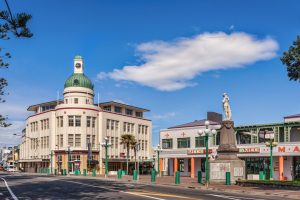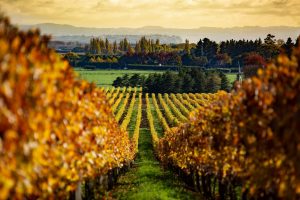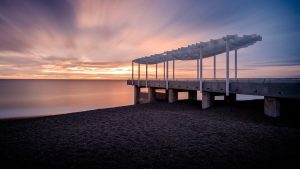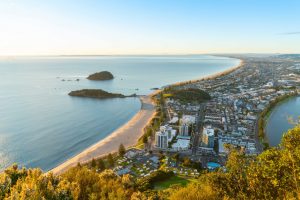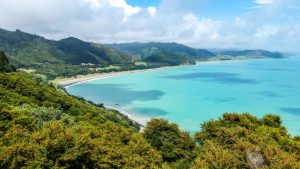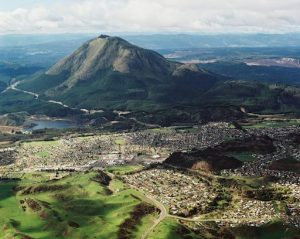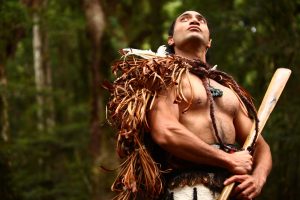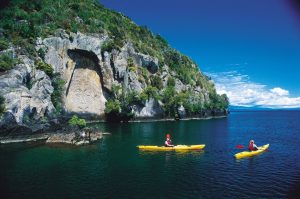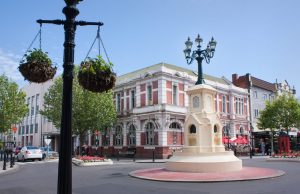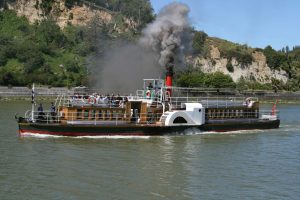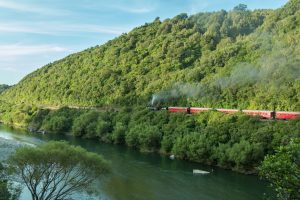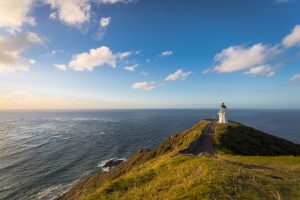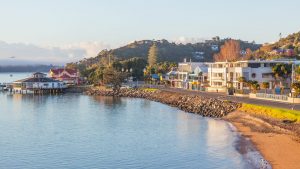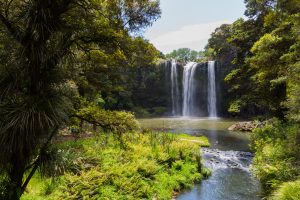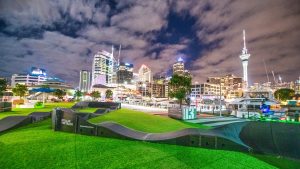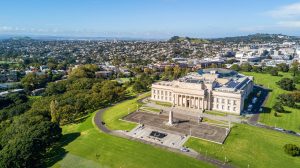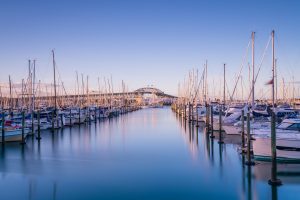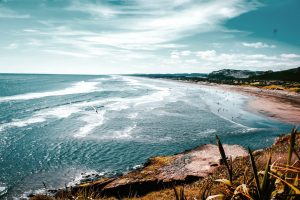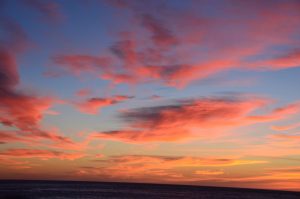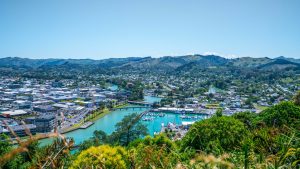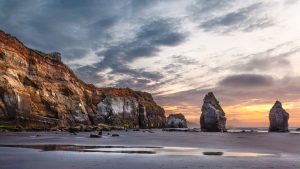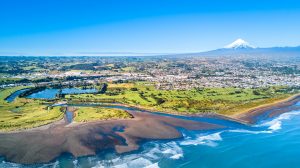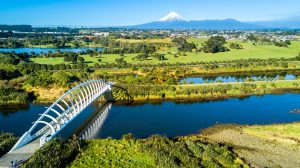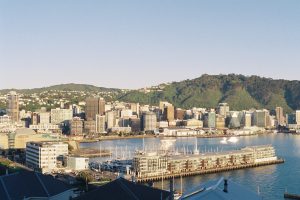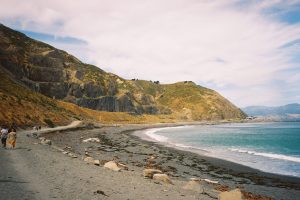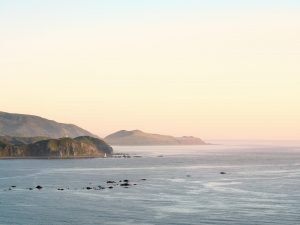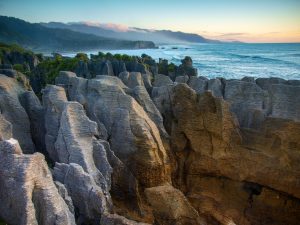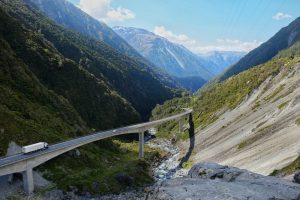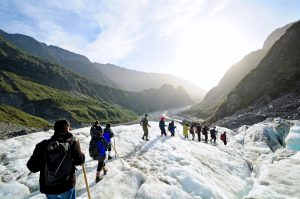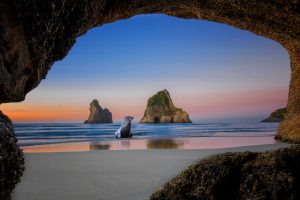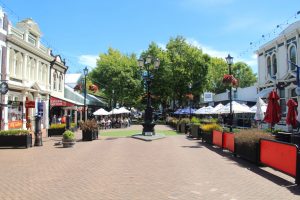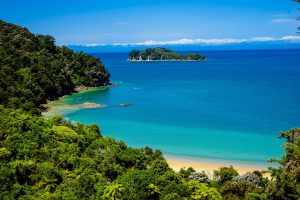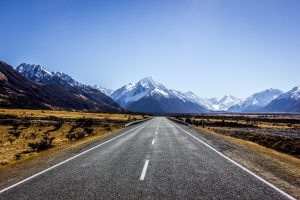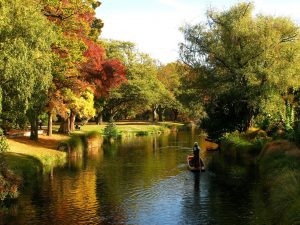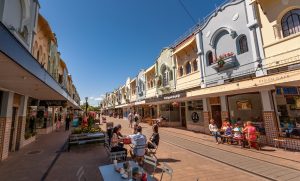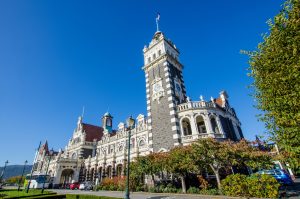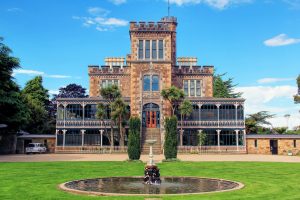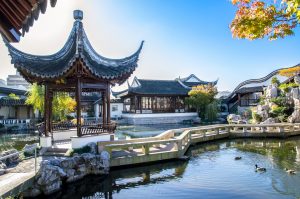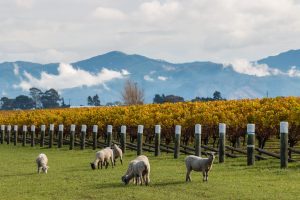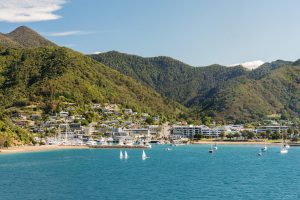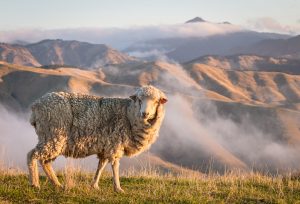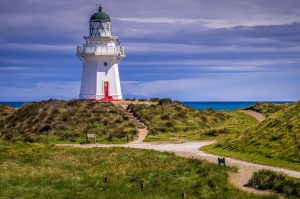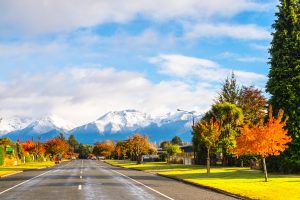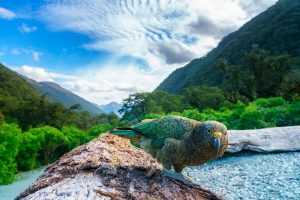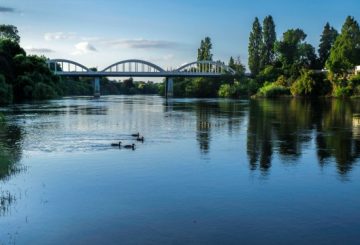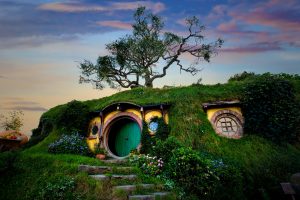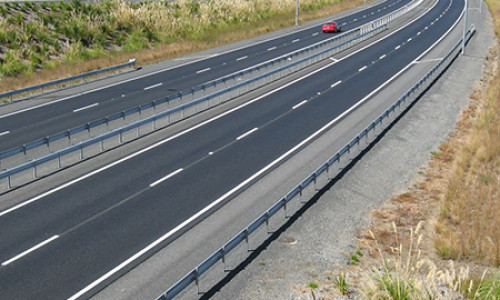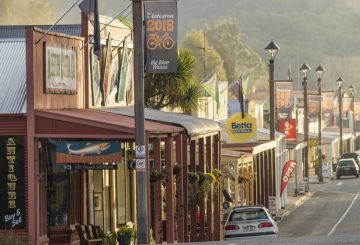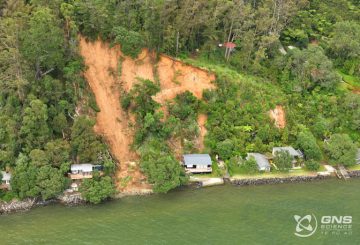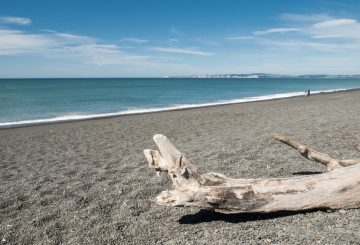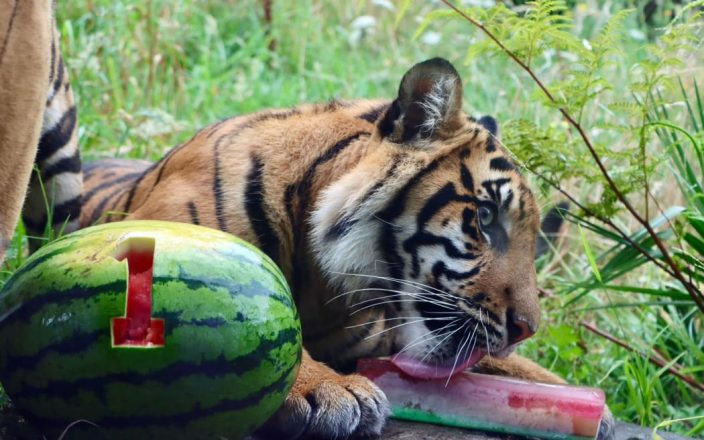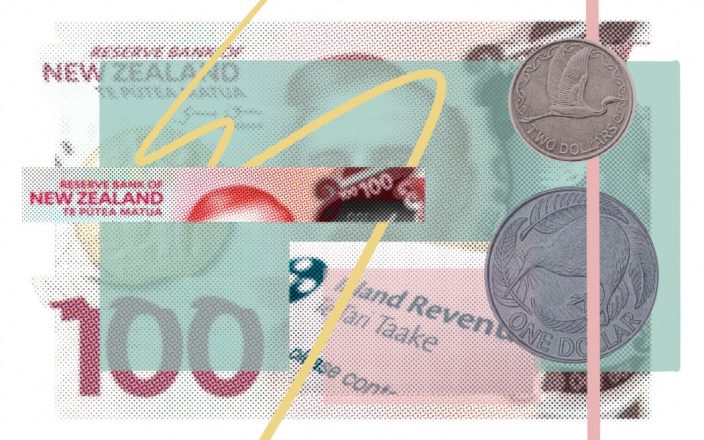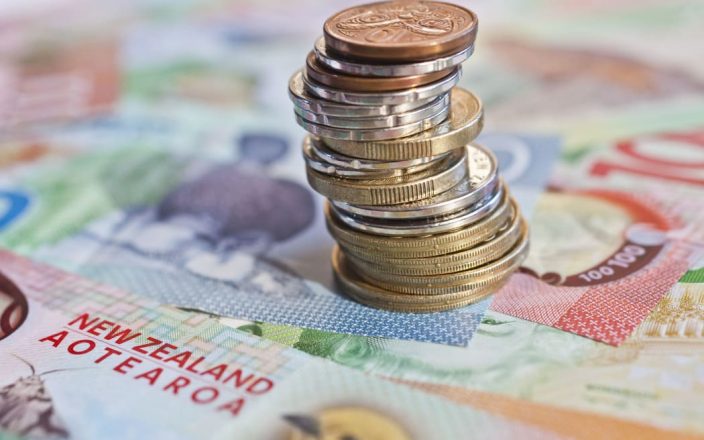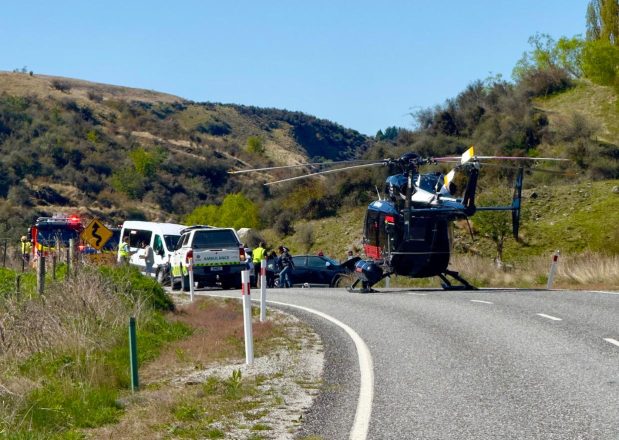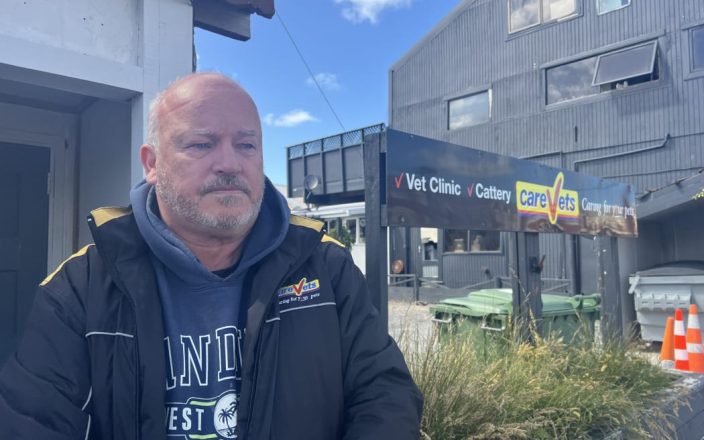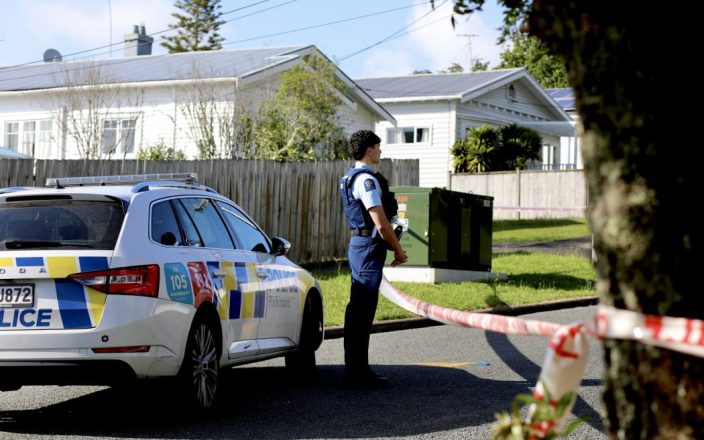Kế hoạch nâng cấp một trong những nút giao thông nguy hiểm nhất của New Zealand có thể là việc tạo ra kinh tế của Nam Waikato.
Đầu năm 2020 Chính phủ công bố một dự án 58 triệu USD để lắp đặt một đường vòng xoay tại Xa lộ Tiểu bang Piarere 1/29 giao lộ phía bắc Tīrau sau nhiều năm tai nạn nghiêm trọng.
Trong
khi dự án sẽ không khởi động cho đến năm 2022, tổng giám đốc Waikato River Trails Glyn Wooller đang bắt đầu vào sớm để đảm bảo nó được chứng minh trong tương lai cho người đi bộ và người đi xe đạp. Và anh ấy có khát vọng lớn.
Điều đó bao gồm mở rộng đường mòn sông, mà đã được cho là trở thành thẻ rút tiền giải trí hàng đầu của huyện, từ bãi đậu xe Pokaikhiua ngoài khơi Horahora Rd đến đường vòng mới. Trong một khu vực thường dành cho thức ăn nhanh và cửa hàng xăng dầu ông hy vọng sẽ thành lập một trung tâm xe đạp làm cửa ngõ vào huyện.
Phát biểu tại Hội đồng quận Nam Waikato trong cuộc họp tháng 1, Wooller cho biết ông đang đàm phán sớm với Cơ quan Giao thông vận tải Waka Kotahi New Zealand (NZTA) và [engineering consulting firm] WSP về những ý tưởng của ông.
“Tôi tin rằng có một cơ hội tuyệt vời để mở rộng những con đường mòn… đến ngã tư là một địa điểm rất cao,” ông nói.
“ Nó sẽ chỉ nhỏ hơn 4km và ý tưởng là tạo ra một cửa ngõ vào các con đường mòn sông và một cửa ngõ vào Nam Waikato bởi vì chúng ta càng có thể thu hút nhiều người hơn sự phát triển kinh tế và hồ sơ chúng ta nhận được.”
Wooller cho biết thiết lập một trung tâm gần đường vòng xoay sẽ cho phép huyện tận dụng lợi thế của 15.000 người đi qua mỗi ngày.
“ Vị trí vòng xoay vẫn chưa được thiết lập nhưng nó có khả năng là một chút xa hơn về phía Matamata từ nơi giao lộ hiện tại là”, ông nói.
“ Điều đó có nghĩa là sẽ có một số bất động sản trống nơi con đường hiện tại là và tôi hiểu không có quy định nào được thực hiện cho một khu vực dịch vụ, chẳng hạn như một McDonald’s hoặc BP.
“ Thật tuyệt vời nếu bằng cách nào đó đất này có thể sẵn cho chúng tôi để có một trung tâm nơi chúng tôi có thể quảng bá những con đường mòn sông Waikato và những con đường mòn khác.
“ Nó chắc chắn không được đảm bảo nhưng đó là tầm nhìn của tôi.”
Nghị viên Hamish Daine đã ủng hộ khái niệm này.
“ Nó sẽ là một cơ hội tuyệt vời để có trạm sạc xe điện (EV), xe đạp điện, bạn đặt tên cho nó, “Ông nói.
Thị trưởng Jenny Shattock đồng ý.
“ Chúng tôi [would be] nối với Matamata-Piako và Waipa, đó là những chuyến đi lớn, và điều đó thực sự rất thú vị,” cô nói.
“ Tôi luôn ủng hộ những con đường mòn sông Waikato. Tác động và lợi ích kinh tế mà chúng tôi là một huyện đã nhận được trong những năm qua là đáng kể.”
Wooller cho biết dự án sẽ cần được tài trợ một phần bởi NZTA, hội đồng, một khoản trợ cấp gần đây từ Bộ Kinh doanh, Đổi mới và Việc làm, và nhiều đối tác khác.
“ Nếu chúng ta có một kế hoạch phát triển và mở rộng cho các thử nghiệm sông thì có nhiều khả năng NZTA sẽ đầu tư đó, vì vậy chúng tôi đang làm việc tích cực trong không gian đó,” ông nói.
NHUNG NGOỒN: https://www.stuff.co.nz/waikato-times/news/300212148/waikato-intersection-upgrade-spurs-economic-hopes-for-popular-trails

